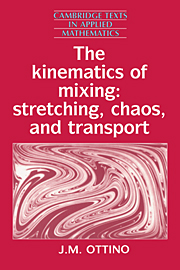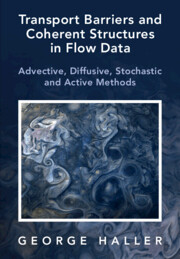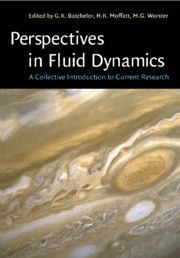Dynamics of Internal Layers and Diffusive Interfaces
Interfacial phenomena are commonplace in physics, chemistry, biology, and in various disciplines bridging these fields. They occur whenever a continuum is present which can exist in at least two different chemical or physical "states", and there is some mechanism which generates or enforces a spatial separation between these states. The separation boundary is then called an interface. In the examples studied here, the separation boundary, and its internal structure, result from the balance between two opposing tendencies: a diffusive effect which attempts to mix and smooth the properties of the material, and a physical or chemical mechanism which works to drive it to one or the other pure state. This volume is unique in that the treatment of flames, as well as internal layer dynamics "including curvature effects", is more detailed and systematic than in publications.
Reviews & endorsements
'This book is a good introduction to interfacial phenomena, making it marketable to libraries and those graduate students or research workers associated with this field. It is a sound reference book for these special topics.' S .I. Pai, Applied Mechanics Review
Product details
December 1988Paperback
9780898712254
100 pages
252 × 175 × 6 mm
0.188kg
This item is not supplied by Cambridge University Press in your region. Please contact Soc for Industrial & Applied Mathematics for availability.
Table of Contents
- Internal layers: dynamics of internal layers
- Bistable fronts in an inhomogeneous medium
- Phase field models
- Flame theory: activation energy asymptotics for a one-step reaction
- Stability analysis of simple flames
- Flames due to chain branching
- Complex chemistry
- Electrophoresis: Models and problems
- Isotachophoresis
- Isoelectric focusing
- Waves in excitable and self-oscillatory media: One-dimensional problems
- Inhomogeneous media
- Curvature, corners, and twists
- Rotating waves.








